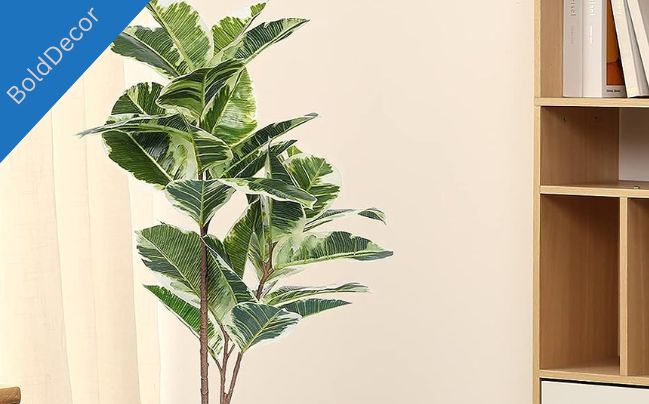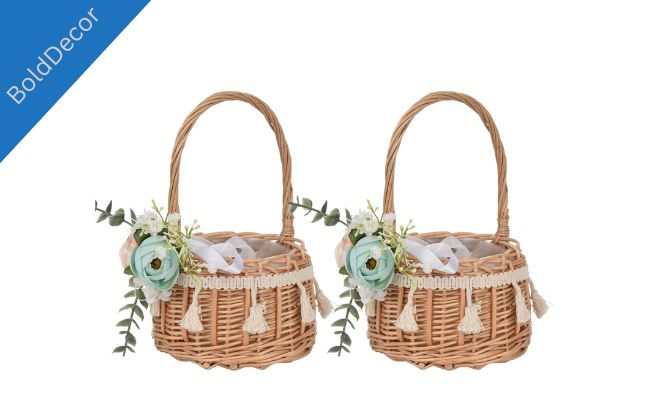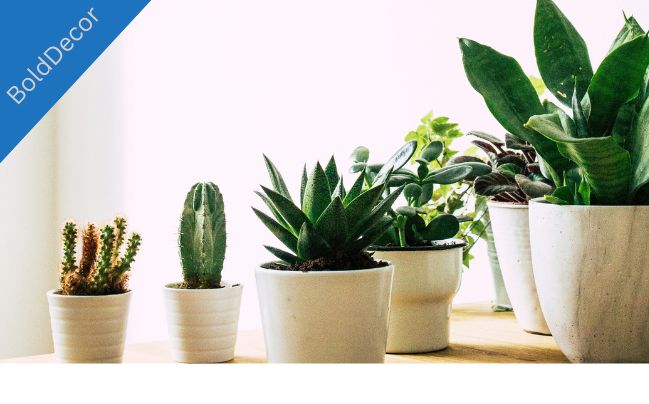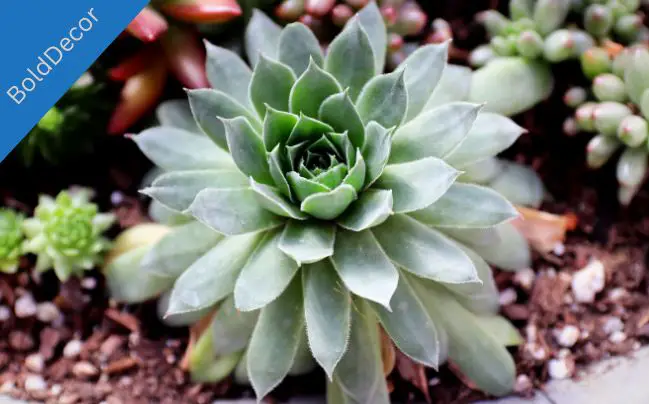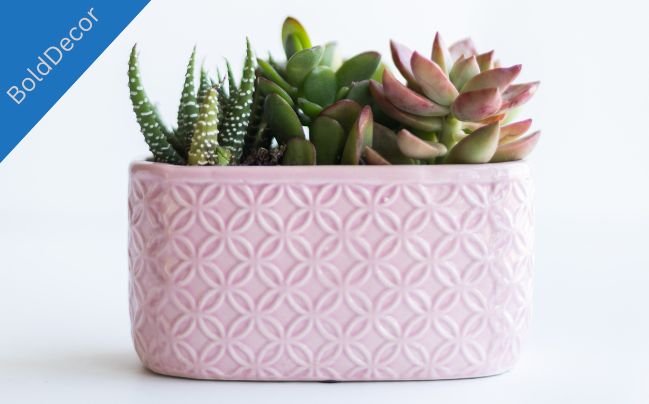Welcome to my guide on how to choose the perfect plants for your office space. Adding plants to your workspace can enhance its visual appeal and provide numerous benefits, such as improving air quality and reducing stress levels. However, with so many options available, selecting the right indoor plants for your office can be a daunting task. But don’t worry, I’ve got you covered.
Throughout this guide, I will provide you with easy and practical tips on how to choose the best plants for your office. From assessing your office environment to selecting low-maintenance plants and considering size and placement, I’ll cover it all. So, let’s get started!
Key Takeaways:
- Adding indoor plants to your office can enhance its visual appeal and provide numerous benefits.
- Choosing the right indoor plants for your office can be a daunting task, but with the right tips, it can be effortless.
- Assessing your office environment, selecting low-maintenance plants, and considering size and placement are crucial factors when choosing the best plants for your office.
Table of Contents
Assessing Your Office Environment
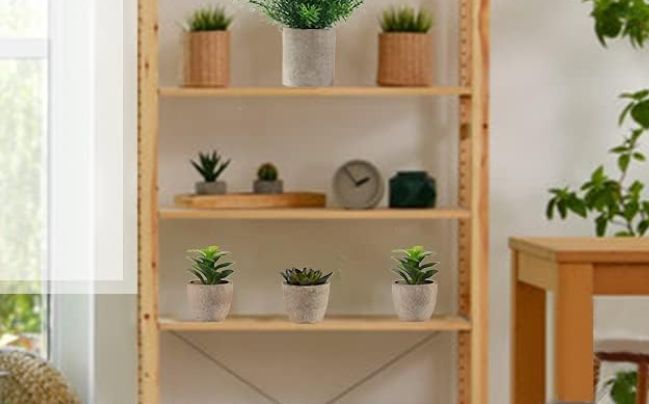
Before selecting plants for your office, it’s crucial to assess the environment to determine the plants that can thrive in your workspace. Office gardening tips always start by taking into consideration the lighting conditions, temperature, and humidity levels in the room.
“Factors like lighting conditions, temperature, and humidity levels play a crucial role in determining the types of plants that will thrive in your office.”
For instance, if your office gets plenty of natural light, you have the option of selecting a wide range of plants that require full sun, such as succulents, cacti, and spider plants. On the other hand, low-light environments require plants that can thrive in shade, such as Chinese evergreens, peace lilies, and Dracaena.
Factors to Consider When Assessing Your Office Environment
To avoid mistakes when choosing plants for your workspace, you need to consider the following:
| Factor | How It Affects Plant Growth |
|---|---|
| Light | Plants require different levels of light to grow. Some thrive in full sun or bright light, while others do well in low light. |
| Temperature | Plants have different temperature preferences. Some need warm temperatures to thrive, while others prefer cooler temperatures. |
| Humidity | Humidity levels affect the moisture content of plants. Some plants require a lot of moisture, while others can tolerate dry conditions. |
| Air Circulation | Proper air circulation helps prevent pest infestations and disease in plant growth. |
By considering these factors, you can easily determine the types of plants that are best suited for your workspace. Selecting plants that thrive in your office environment is the first step to having a successful indoor garden.
Choosing Low-Maintenance Plants
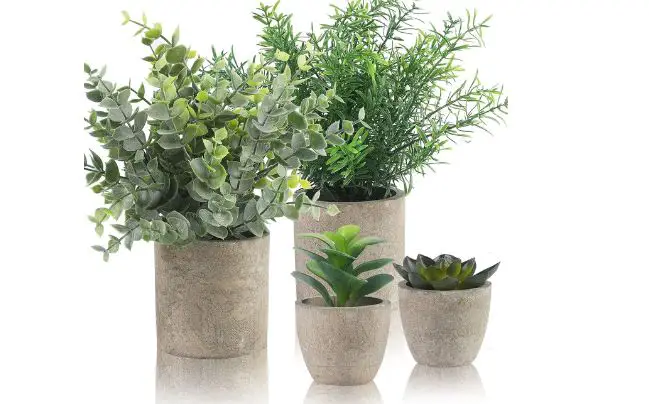
When it comes to selecting the best plants for the office, low-maintenance options are always a safe bet. These plants require minimal care and can withstand variations in light and temperature, making them ideal for a busy workspace.
Some of the best low-maintenance plants for the office include:
| Plant | Light Requirements | Watering Needs | Size |
|---|---|---|---|
| Snake Plant | Low to bright, indirect light | Water when soil surface is dry to the touch | Tall and narrow |
| Pothos | Low to bright, indirect light | Water when soil feels dry | Vining, can be trained to climb or hang |
| ZZ Plant | Low to bright, indirect light | Water sparingly when soil is dry | Tall and bushy |
These plants are not only easy to care for but also provide visual interest and natural air purifying benefits.
Remember, when selecting plants for your office, it’s important to consider their maintenance requirements and ensure they fit within your workspace. Choose low-maintenance options, and your indoor plants will thrive effortlessly!
Adding Color and Texture
When choosing plants for your office, you don’t want to compromise on aesthetics. Plants with colorful foliage or blooms can add a pop of color and texture to your workspace, creating an inviting and vibrant environment.
Here are some options for the best plants for the office to add both color and texture:
| Plant Name | Color/Texture |
|---|---|
| Peace Lily (Spathiphyllum) | Green leaves with white flowers |
| Bromeliads (Bromeliaceae) | Colorful blooms in shades of pink, red, yellow, and orange |
| African Violet (Saintpaulia) | Purple, blue, pink, and white flowers with fuzzy leaves |
These plants are not only visually appealing, but they are also easy to care for, making them great options for any office space.
However, keep in mind that some plants may require more maintenance than others. For example, African Violets need regular watering and occasional fertilizing, while Peace Lilies can go several days without water.
When choosing plants for your office, it’s important to strike a balance between aesthetics and practicality.
Considering Size and Placement
When selecting indoor plants for your office, it’s important to consider the available space and placement options. The size of your plants will have a direct impact on their placement and visual appeal in the office environment. Smaller plants such as succulents or cacti can be placed on desks, while larger plants like a Fiddle Leaf Fig can be used as a focal point in a spacious room or lobby.
It’s important to ensure adequate air circulation around your plants to promote healthy growth and avoid issues with pests or diseases. Avoid placing plants too close to walls or furniture that can block airflow. If you’re short on desktop space or floor space, consider using hanging baskets or wall-mounted planters.
| Placement | Size | Plant Options |
|---|---|---|
| Desk | Small | Bamboo palm, Spider plant, Peace Lily |
| Shelves | Small to Medium | Pothos, English Ivy, Rubber Plant |
| Corner | Medium to Large | Fiddle Leaf Fig, Bird of Paradise, Dragon Tree |
When it comes to placement, keep in mind the amount of natural light your plants will receive. Try to avoid placing plants in direct sunlight or in areas that are too dark. Remember that not all plants require the same amount of sunlight, so it’s important to choose plants that match the lighting conditions in your office.
Overall, selecting the right size and placement for your indoor plants will greatly impact their growth and the overall look of your office space. Keep in mind the amount of space available, lighting conditions, and air circulation, and choose plants that thrive in those conditions.
Dealing with Limited Light
If your office has limited natural light, don’t worry! You can still incorporate indoor plants into your workspace. Opt for plants that can thrive in low-light conditions, such as pothos, snake plants, and peace lilies.
Another option is to supplement the natural light with artificial light. LED and fluorescent lights are great choices for office spaces. They provide the necessary spectrum of light for plants to grow and thrive.
When using artificial light, make sure to choose the right intensity and duration. Most plants require 14-16 hours of light per day, so set up a timer to ensure they are receiving the necessary amount. You can also rotate the plants every few weeks to provide uniform light exposure.
Office Gardening Tips:
- Choose plants that can thrive in low-light conditions like pothos, snake plants, and peace lilies.
- Consider using artificial light to supplement natural light.
- Ensure that the artificial light provides the necessary spectrum of light for plants to grow and thrive.
- Set up a timer to ensure plants receive 14-16 hours of light per day.
- Rotate the plants every few weeks to provide uniform light exposure.
“Limited natural light doesn’t have to be a barrier to having a beautiful indoor garden. With the right plants and artificial light, you can still enjoy the benefits of office gardening!”
Caring for Your Office Plants
Regular care and maintenance are crucial for keeping your office plants healthy and vibrant. Here are some office gardening tips to ensure your plants thrive:
Watering
Water your plants as needed, keeping in mind that overwatering can be just as harmful as underwatering. Check the soil regularly and ensure that it remains moist but not waterlogged.
Fertilizing
Use a balanced fertilizer once every two to four weeks during the growing season to promote healthy growth. Follow the package instructions for application.
Dusting
Dust your plants’ leaves regularly to keep them clean and free from pests. You can use a soft damp cloth or a plant-based cleaner for this purpose.
Trimming
Trim off any dead or yellowing leaves and stems to keep your plants in optimum health. This will also promote new growth.
Repotting
Check your plants periodically to see if they need to be repotted. If the roots are visible on the surface, it’s time to repot them into a larger container with fresh soil.
Expert Tip: If you’re unsure about how to care for a particular type of plant, do some research or consult a professional gardener. Different plants have different care requirements and ensuring their specific needs are met will increase their chances of thriving in your office environment.
By following these simple tips, you can keep your office plants healthy and thriving. Remember that different plants have different needs, so be sure to select plants that are well-suited to your workspace and follow their specific care instructions.
Benefits of Office Plants
Office plants are more than just decoration – they offer a range of benefits that can improve the atmosphere and productivity of your workspace. As a copywriting journalist, I have explored the advantages of adding plants to your office area and compiled them all in this section!
Fresh Air and Increased Oxygen
One of the most significant benefits of office plants is their ability to purify the air. Plants can remove toxins from the air, improving the air quality in your office and making it healthier for you to breathe. As plants photosynthesize, they absorb carbon dioxide and release oxygen, boosting the oxygen levels in your workspace and helping you feel more alert and focused.
Reduced Stress Levels
Studies have shown that office plants can have a calming effect on employees, leading to a reduction in stress levels. By creating a more aesthetically pleasing and relaxing work environment, you will be able to better focus on your work and feel less stressed throughout the day.
Improved Productivity
When you incorporate office plants into your workspace, you are not only improving the air quality and reducing stress levels, but also enhancing the overall aesthetic. This can lead to increased productivity, as a pleasant and inviting environment can help boost your mood and inspire you to be more productive.
Creative Inspiration
Plants have been shown to increase creativity and provide inspiration. Studies have found that employees who work in environments with natural elements, such as plants, are more likely to come up with innovative ideas and solutions. So, adding plants to your office can be a great way to ignite your creativity and inspire your team.
Selection Tips
When selecting plants for your workspace, it is important to consider their specific needs and your office environment. Opt for low-maintenance plants that can thrive in your office’s lighting conditions, temperature, and humidity levels. You should also take into account the available space and choose plants that fit well. Larger plants can act as focal points, while smaller plants can be placed on shelves or desks. Remember to follow the specific care instructions for each plant to ensure their longevity.
Bottom line
Choosing the perfect plants for your office can enhance your workspace’s visual appeal and provide numerous benefits, such as improving air quality and reducing stress levels. By assessing your office environment, selecting low-maintenance plants, adding color and texture, considering size and placement, dealing with limited light, and caring for your plants, you can create a more enjoyable and productive workspace.
Embrace the Benefits of Office Gardening
Adding plants to your office can transform the atmosphere, creating a calming and serene environment that promotes productivity and creativity. Aside from their aesthetic appeal, plants play a crucial role in purifying the air, removing toxins, and releasing oxygen, making them an essential tool for improving your overall well-being.
The Perfect Plants for Your Office
With numerous options available, selecting the ideal plants for your office can be effortless and enjoyable. Consider opting for low-maintenance plants like snake plants, pothos, or ZZ plants, which require minimal care and can adapt to variations in light and temperature. To add color and texture to your workspace, peace lilies, bromeliads, and African violets are great options.
Make sure to assess your office environment and determine the best placement for your plants. Larger plants can act as focal points, while smaller plants can be placed on shelves or desks. Remember to care for your plants regularly, ensuring their longevity, and enjoy the numerous benefits of office gardening.
FAQ
How do I choose the perfect plants for my office?
Choosing the perfect plants for your office involves considering factors like lighting conditions, temperature, humidity levels, and the space available. Opt for low-maintenance plants that can thrive in your office environment, and consider adding plants with colorful foliage or flowers to enhance the visual appeal.
What are some low-maintenance plants that are suitable for an office?
Some popular low-maintenance plants for the office include snake plants, pothos, and ZZ plants. These plants require minimal care and can tolerate variations in light and temperature, making them ideal for a busy office environment.
How should I place my office plants?
When placing office plants, consider the available space and ensure proper air circulation and easy maintenance. Larger plants can serve as focal points, while smaller plants can be placed on shelves or desks. Take into account the natural light available in your office and choose plants accordingly.
What if my office has limited natural light?
If your office has limited natural light, opt for plants that can thrive in low-light conditions. Good choices include pothos, snake plants, and peace lilies. You can also supplement the natural light with artificial lights to ensure your plants receive adequate illumination.
How do I take care of my office plants?
Regular care and maintenance are essential for keeping your office plants healthy. This includes watering, fertilizing, and dusting the leaves. Make sure to follow the specific care instructions for each plant to ensure their longevity.
What are the benefits of having plants in the office?
Incorporating plants into your office has numerous benefits. They help purify the air, creating a healthier environment by removing toxins and releasing oxygen. Plants also create a calming and serene atmosphere, reducing stress levels and increasing productivity.

